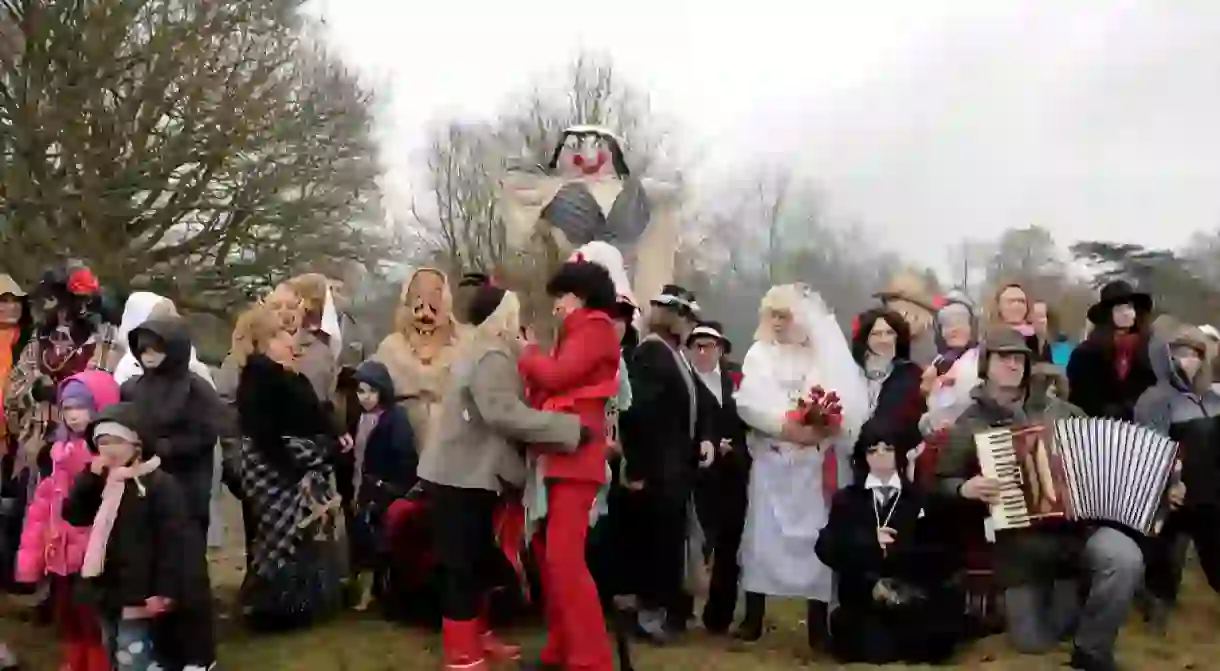Traditions That Only Lithuanians Can Understand

It can be challenging for foreigners to understand different cultures, but some traditions make it all the more confusing. Though a wonderful place to live and visit, Lithuania has some wacky traditions. When ancient pagan celebrations and Catholic traditions collide, visitors are treated to entertaining, unique, and curious events that provide a rich learning experience.
Uzgavenes or Shrove Tuesday
Shrove Tuesday, Fat Tuesday, or Mardi Gras is a holiday known to many; however, Lithuania has its own unique take on this particular holiday. Known as Uzgavenes, this day is traditionally one full of merriment, over indulging in pancakes, and wearing hand-carved wooden masks. Mixed with pagan traditions, Uzgavenes culminates with the burning of a More (a straw effigy). This More is meant to represent a female character, which is typically obvious by it’s voluptuous shape, and burning her is meant to chase away winter and encourage the arrival of spring! Another straw character that may also be burned is the male effigy symbolizing winter.

Goat Beauty Pageant
The small village of Remygala, Lithuania holds an annual beauty pageant for…goats? In preparation for the pageant, goats are groomed, decorated with flowers, and dressed in outfits. If you’d like to experience this unusual beauty contest yourself, visit Remygala in mid-June and perhaps you’ll get to meet the crowned goat in person!
Ramygala, Lithuania

Christmas Eve Dinner
Though not as unusual as the two aforementioned traditions, Lithuanians follow a rather specific tradition when it comes to dinner on Christmas Eve. The whole family gets together to eat at least 12 vegetarian dishes. The first dish must be wafers that are prepared using the same recipe as wafers received at Holy Communion in church. All other dishes must be meatless, although fish can be enjoyed.

Easter Granny and Other Easter traditions
Americans have their Easter Bunny and Lithuanians have an Easter Granny. The Easter Granny leaves Easter eggs and sweets to children when children leave a homemade nest outside their house. Prior to tucking into a delicious meal, one hard boiled Easter egg is cut into enough pieces for each of the family members present. Sharing one Easter egg among the whole family symbolizes a harmonious family. Additionally, to celebrate the end of Lent, families indulge in a meat heavy meal. If lamb is not served at the meal, butter is carved into a lamb statue.














